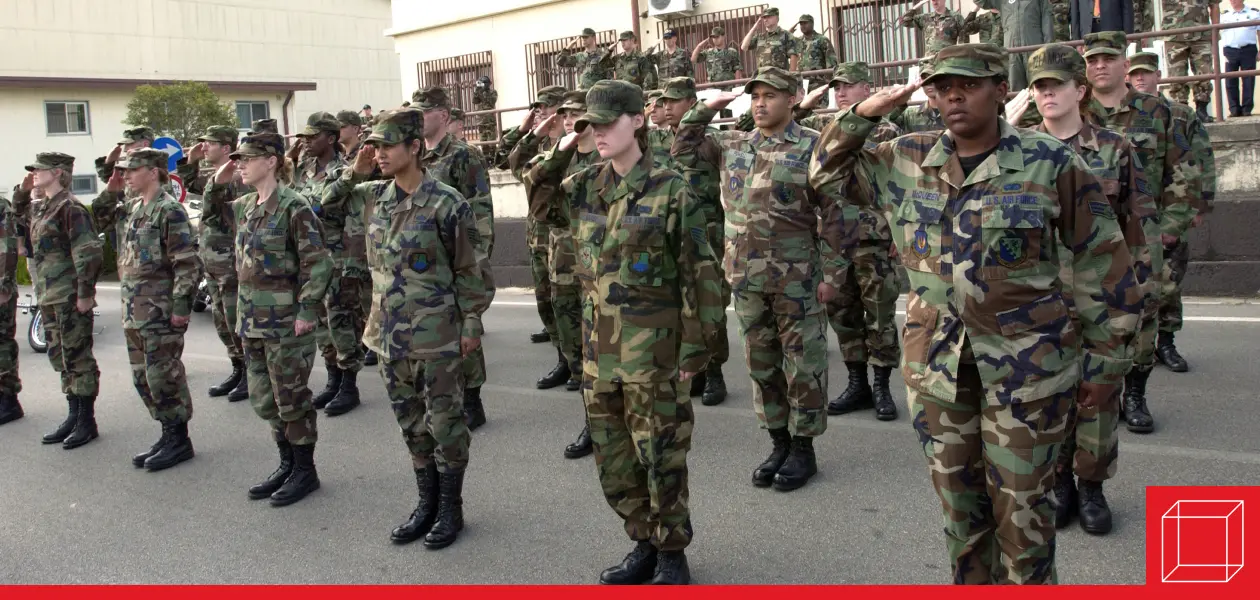Leadership Fundamentals—A Pocket Tool for Leadership Effectiveness
Principles and practices for successful leadership are gathered from many sources.

The following is a distillation of leadership fundamentals provided by Walter F. Ulmer, Jr., Lieutenant General, U.S. Army (Retired), and Former President and CEO of the Center for Creative Leadership. Both new and experienced leaders can benefit from this useful Pocket Tool based on decades of command experience. Check the items that you do well; address the unchecked items as developmental tasks.
The purpose of leadership is to get the job done . . . today and tomorrow. Good leaders:
- Get in touch with what really goes on at every level in the organization. __
- Communicate a vision of a desired future. __
- Create a supportive climate where leaders at every level can lead with confidence. __
- Set the example for high standards of performance and conduct.__
- Check to ensure that candid, unfiltered information flows up and down the chain of command. __
- Create a reliable method for assessing productivity in individuals and teams.__
- Develop a fair and transparent system for selecting, promoting, and coaching leaders.__
- Lead and help people through change. __
At every level of responsibility, trusted leaders:
- Make and deliver sound decisions on time. __
- Keep promises or explain why not. __
- Never play favorites. __
- Listen carefully and patiently. __
- Respect other people’s time. __
- Share risk and hardship. __
- Never gossip. __
- Keep cool under pressure. __
- Supervise without micromanaging. __
- Give bad news face to face. __
- Back up subordinates. __
- Demand and exemplify honesty. __
- Take responsibility for personal actions. __
Successful leaders create and sustain a healthy organizational climate. For each item, consider yes or no:
- There is a reliable flow of accurate information in all directions. __
- There is clarity on goals, work standards, and mission priorities. __
- There are proper tools and sufficient resources to do the job. __
- Teamwork is encouraged and rewarded. __
- New ideas are welcomed and appreciated. __
- Good work is noted and honored. __
- The organization expects and rewards honesty. __
- People trust each other. __
- People respect each other. __
- People are treated fairly. __
- People are proud to be part of the organization. __
Effective senior leaders:
- Listen well and encourage candor. __
- Know the difference between disagreement and disloyalty. __
- Know when to act and when to stay quiet. __
- Don’t keep people waiting—anybody. __
- Are not prisoners of their electronics . . . don’t create a 24-hour workday without a crisis. __
- Don’t let personal staff isolate them from reality and bad news. __
- Explain why as well as what. __
- Know how to train and use a high-performing staff. __
- Are trusting but not gullible. __
- Hold self and others accountable for both behavior and results. __
- Are comfortable with humor. __
- Don’t tolerate dishonesty in any form. __
Three key challenges for leaders are:
- The tug between centralized control and local initiatives.
- The tug between immediate goals (quarterly, etc.) and long-term goals (a healthy, respected, and productive organization).
- The tug between fairness to individuals and fairness to the organization.
Important findings from leadership research include:
- Mutual trust is powerful. It allows candor, permits empowerment, and facilitates efficiency.
- Inaccurate self-assessment can undermine leader growth and development. Common misperceptions about oneself are ‘I give clear guidance,' ‘I am approachable,’ ‘I back up my subordinates,’ and ‘I give clear and helpful performance feedback.’
- Bosses’ expressed expectations can have a major impact on individual and group morale and performance.
- The physical and human climate we work in greatly affects morale and productivity.
- Perceptions about fairness play a key role in trust and respect.
- Continuous learning is essential for all leaders.
General Ulmer states, “Courage remains the foundation of all good work. Moral courage is even more precious and often more powerful than physical courage.” Regarding the practice of leadership, he quotes an old sergeant, “A good leader can step on your boots without hurting the shine.” This is true for leaders at all levels of responsibility in business, industry, and government.1
Assignment: Use this pocket guide to check and develop leadership effectiveness—worthwhile for both new and experienced leaders!
Suggested reading:
Small Unit Leadership by Dandridge Malone
Fighting The Cold War by John R. Galvin
The Killer Angels by Michael Shaara
- W. F. Ulmer, Jr., Leadership Fundamentals for All Seasons, 2024; See also W. F. Ulmer, Jr., A Military Leadership Notebook: Principles into Practice, 2017.



